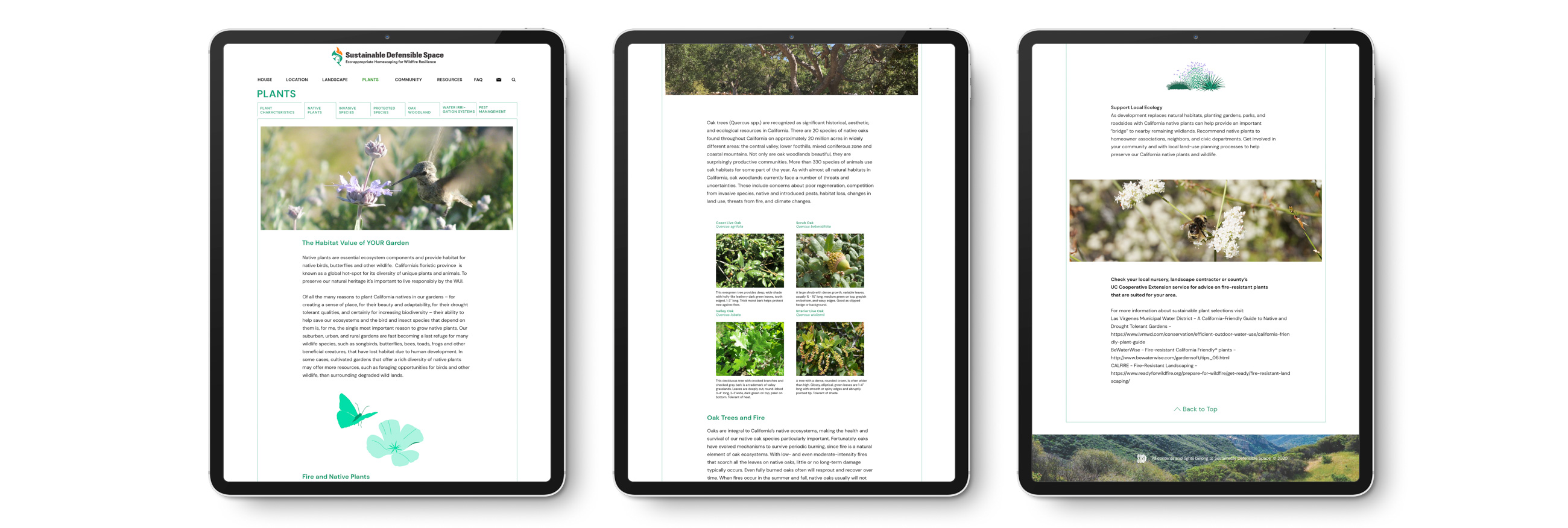
The Woolsey Fire seen from above. (Photo courtesy of Peter Buschmann)
Sustainable Defensible Space
Wildfire Resilience for Home and Landscape
RIOS collaborated with the Resource Conservation District of the Santa Monica Mountains (RCDSMM) to develop an initiative that transforms the way people receive information about fire protection. The project, Sustainable Defensive Space, aims to increase resistance of structures to wildfire, safeguard firefighters’ lives, improve conservation values, and protect California’s natural heritage.
The mission for the initiative, as part of the California Climate Investments Program, is to provide accessible solutions that improve the resistance of developed properties and structures to wildfire loss in the Santa Monica Mountain region. The research focuses on the immediate area around a home, starting with the use of fire-resistant materials and architectural features. It extends beyond the home with well-maintained fire-wise landscape to reduce ignition risk and slow fire-spread, supporting native vegetation, wildlife, and local ecosystems.
RIOS and the Technical Advisory Committee (TAC), a team comprised of city consultants, county fire departments, fire ecologists, California native plant experts, environmental ecologists, and the National Park Service, held monthly meetings to review research content for the protection of homes, landscapes, and the wildlands in Southern California. To help guide our initiative, RCDSMM received a fire prevention and sustainability grant from the California Department of Forestry and Fire Protection (CALFIRE).
The complete brand by RIOS, as well as the research, are featured on the website DefensibleSpace.org with detailed information and resources to help improve management of homeowners’ defensible space zone.
In the News
Read: Pacific Horticulture Features Sustainable Defensible Space
Listen: Landscape Architecture Podcast with RIOS’ Elisa Read and RCDSMM’s Antoine Kunsch and Clark Stevens
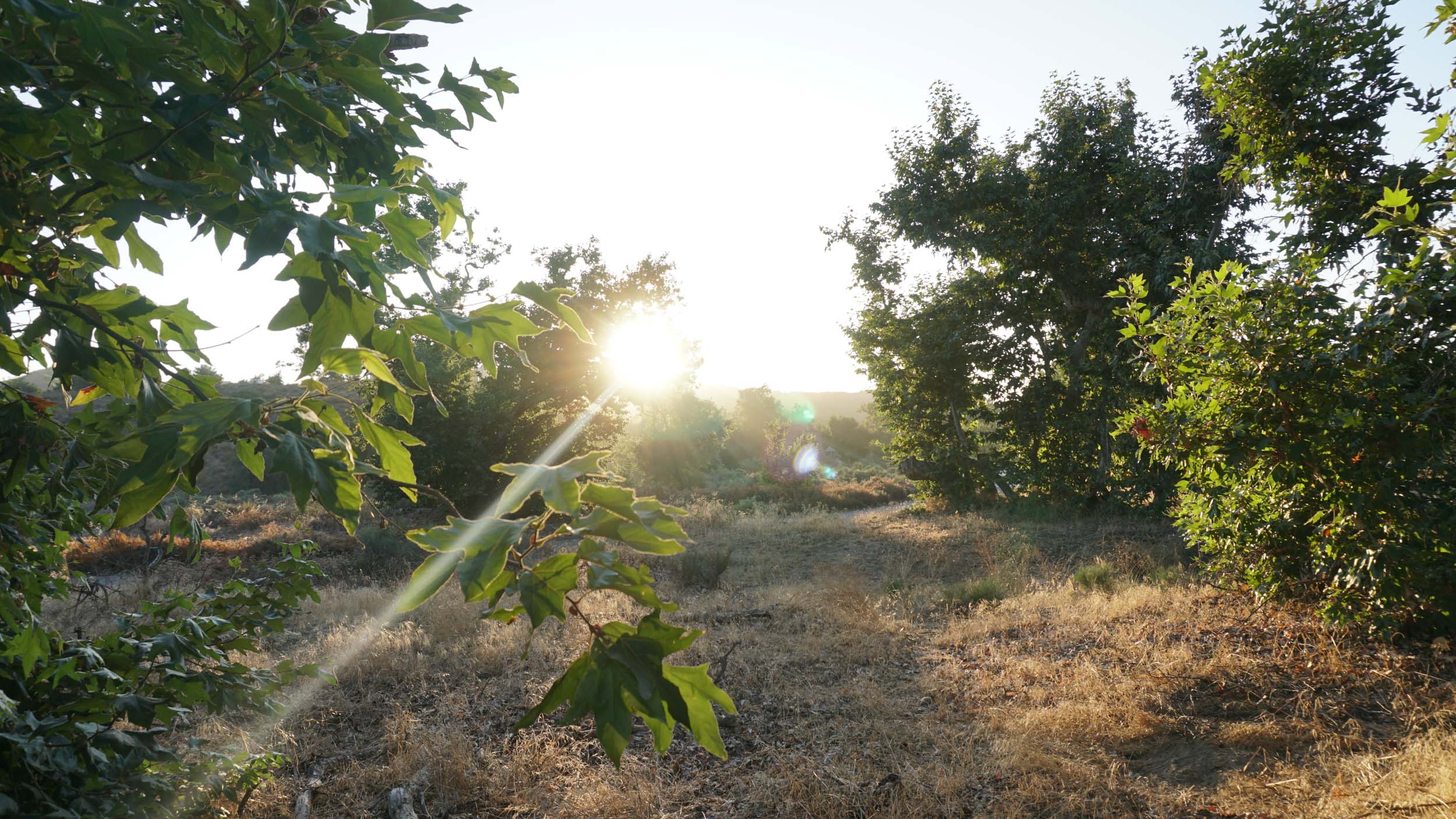
Defensible Space is the buffer you create between a building on your property and the grass, trees, shrubs, or any wildland area that surround it
The Wildland Urban Interface – structures and developed landscapes located within a mile of large open lands – are the most susceptible to wildfires.
Why is Defensible Space important?
The key to protecting your home and property from fire in the wildland-urban interface (WUI) starts at the home. Up to 60% of ignitions from wildfires are caused by embers. Fortifying or retrofitting your home can be your best defense against ember intrusion.
Our research concludes defensible systems for various parts of your home, including the roof, decks, windows, walls, doors, and more. Each defensible system has been examined considering three different stages of a home: regular maintenance, upgrades for existing structures, and new construction.
Furthermore, we compared relative cost of upgrading the features to ember-resistant materials and design with its priority level, indicating the features most vulnerable to wildfires and embers. The sections also consider the latest information to the California Building Code.
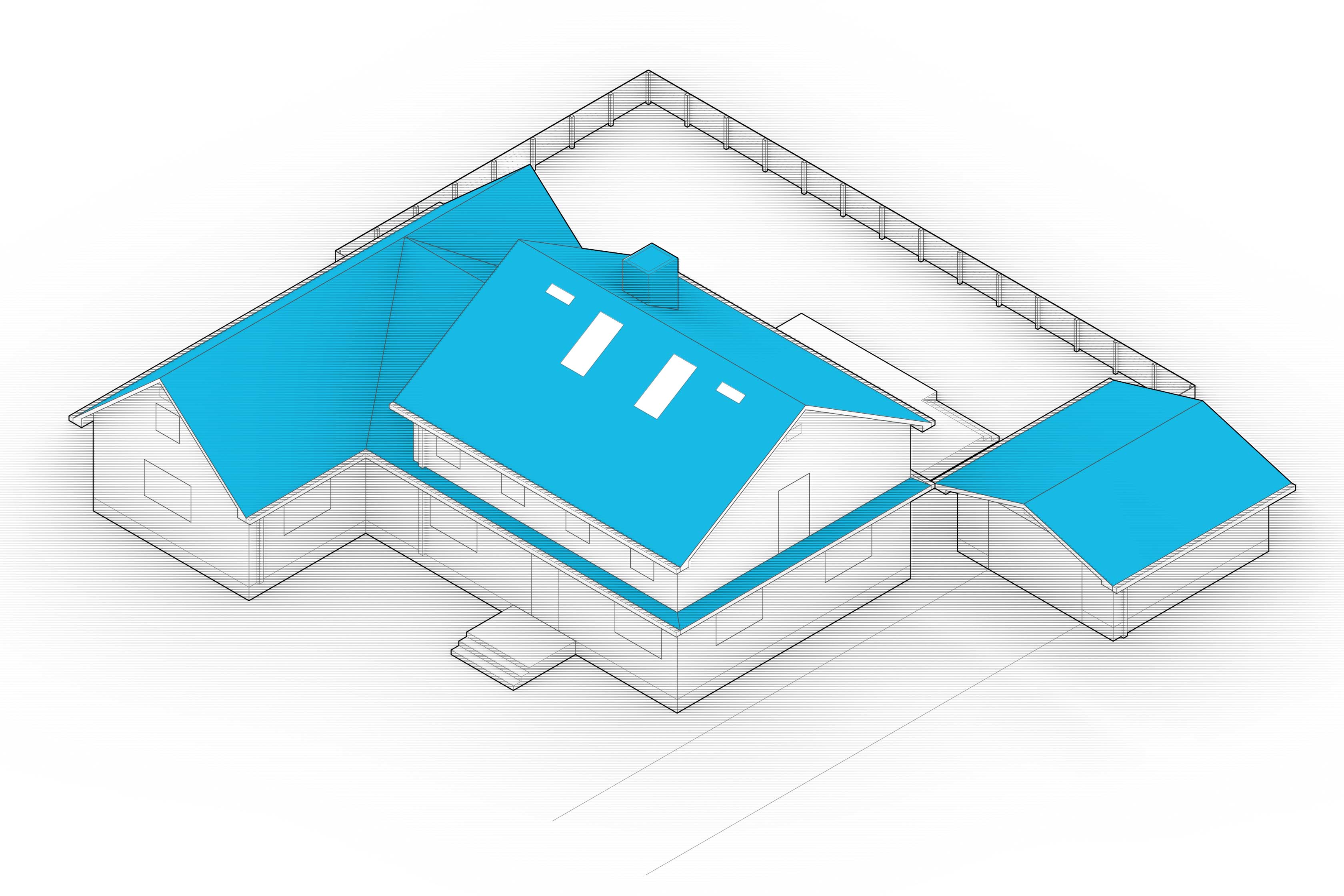
During a wildfire, the roof must be able to resist wind-blown embers
What is your local Wildfire Risk?
We designed an interactive geographic information system (GIS) map to learn about the individual qualities of your location within the website. Our GIS map provides a visualization of how your property fits within the local habitat. You can explore past fires in your area, as well as the jurisdiction and protection plans established in your community. The map also includes locations of fire stations and measures areas of risks and hazard severity zones.
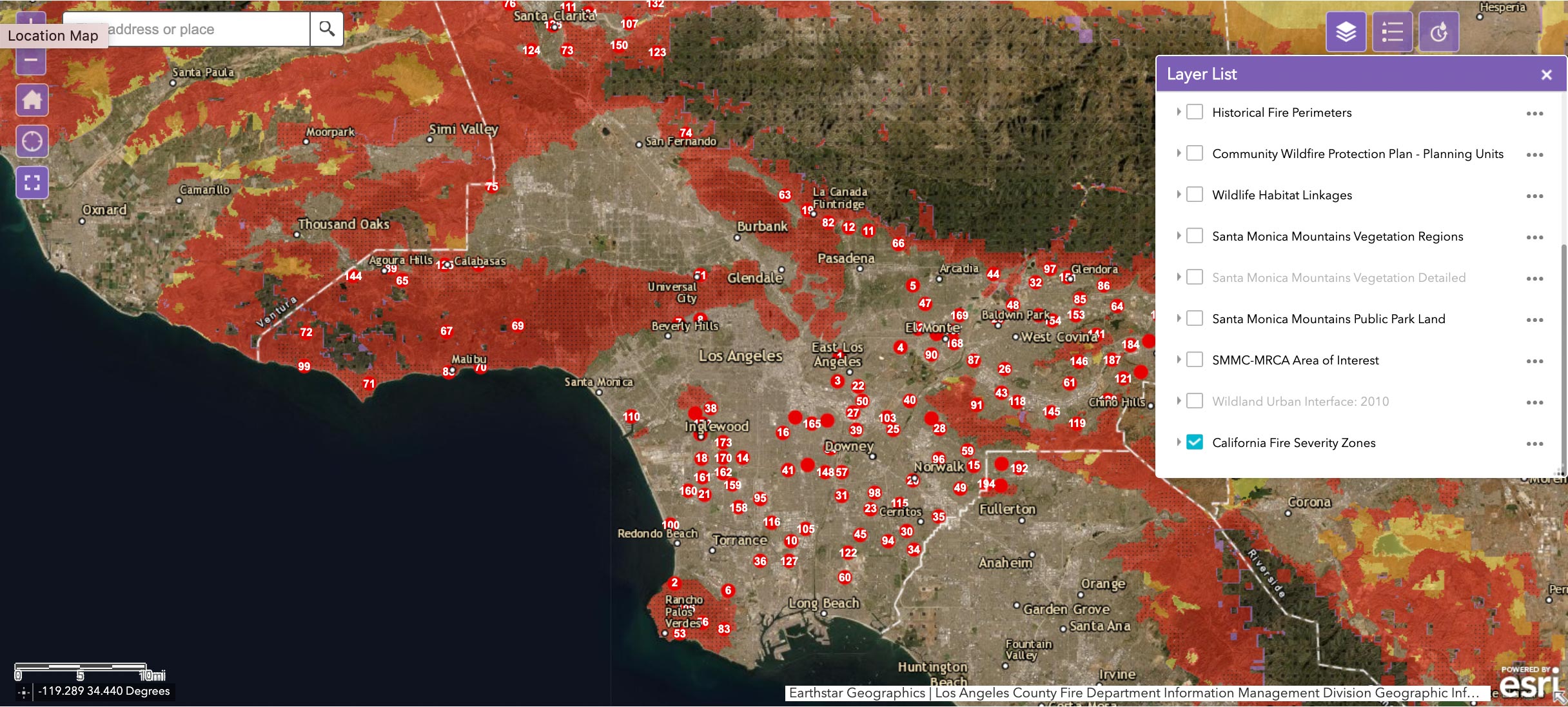
GIS map showing Los Angeles County Fire Stations and California Fire Severity Zones
Beyond the home, it's important to implement fire-wise landscaping practices where plants and hardscape are selected and maintained.
Design a native and fire-wise landscape
Through proper planning, you can have both a beautiful native landscape and a fire-wise home. Fire-wise landscapes should also include hardscape, such as granite paths and stone walls to act as fuel break and help to slow down or change the path of an approaching fire. The following zones are recommendations for new and existing landscapes, and work in partnership with a seasonal maintenance checklist to help you maintain your defensible space all year round.

Zone 0: The Ember-Resistant Zone (ERZ)
This area includes the first 5 feet around your home and the structure itself. No vegetation is recommended within 5 feet of any structure. No landscape mulch or wood chips. Use clear soil, rocks, gravel or concrete.

Zone 1: The Home Protection Zone
This zone should be designed to promote fire-wise landscaping and water conservation. The recommended minimum planting zone starts with low-density planting to medium-density planting as you move outward from the house. The goal is to create a low-ignition landscape capable of slowing down fire spread.

Zone 2: Reduced Fuel and Thinning
This zone supports habitat connectivity and wildfire discontinuity. It serves as a connection with the natural environment promoting habitat restoration while eliminating continuous, dense vegetation to decrease the energy and speed of a wildfire.

The Surrounding Wildland
As intact habitat is lost, the numbers of rare, threatened, and endangered species rise. These species contribute to biodiversity and serve extremely important roles in natural ecosystems. Do not modify vegetation (except removing identified invasive species) unless required by local Fire Departments.
Which native plants are fire-resistant?
Some plants may present a fire hazard when drought stressed or poorly maintained. Therefore, our research suggests that conditions of the plant are often as important as its species. Learn to identify fire-hazardous plants by their characteristics, structure, and maintenance.
Because any plant species can burn, we focus instead on the underlying principles behind designing a fire-safe home and landscape, and on maintaining structures and plants properly.
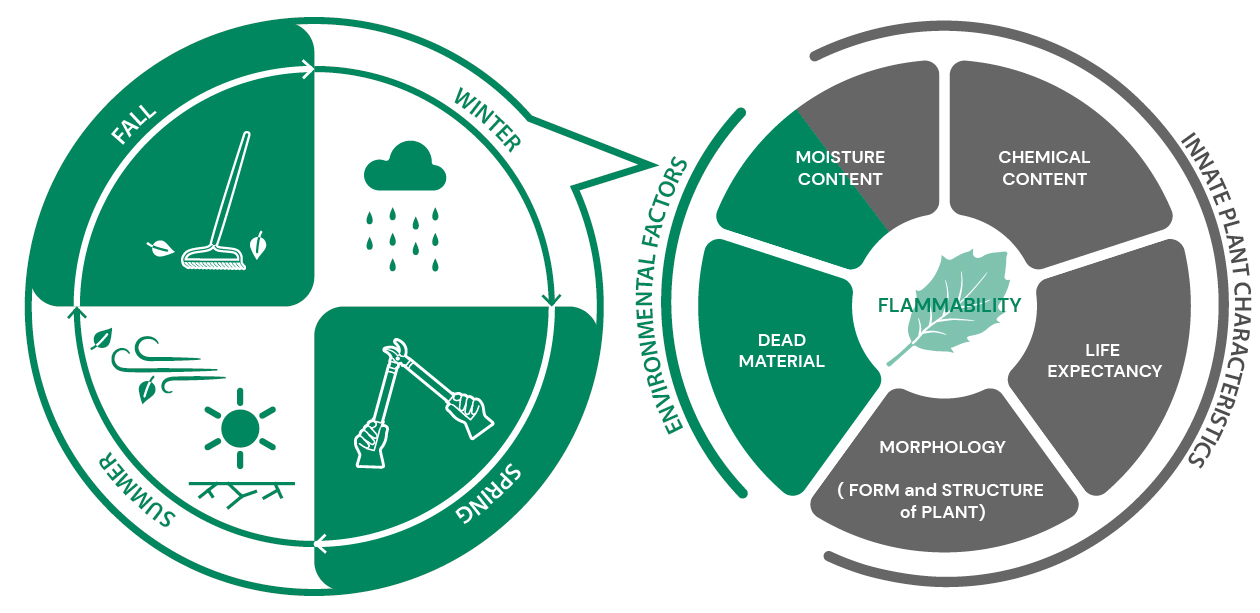
Plant characteristics diagram: flammability based of environmental factors
Work with your community
Defensible spaces extend into neighboring properties. The Community Risk examines the outermost part of your zone, extending into your neighbor’s property. We believe in order to maximize the benefits of your work, it’s important to work collaboratively with neighbors to reduce those risks.
This may involve a deflection wall, vegetable garden, irrigated native landscaping, and minimum impact thinning techniques.
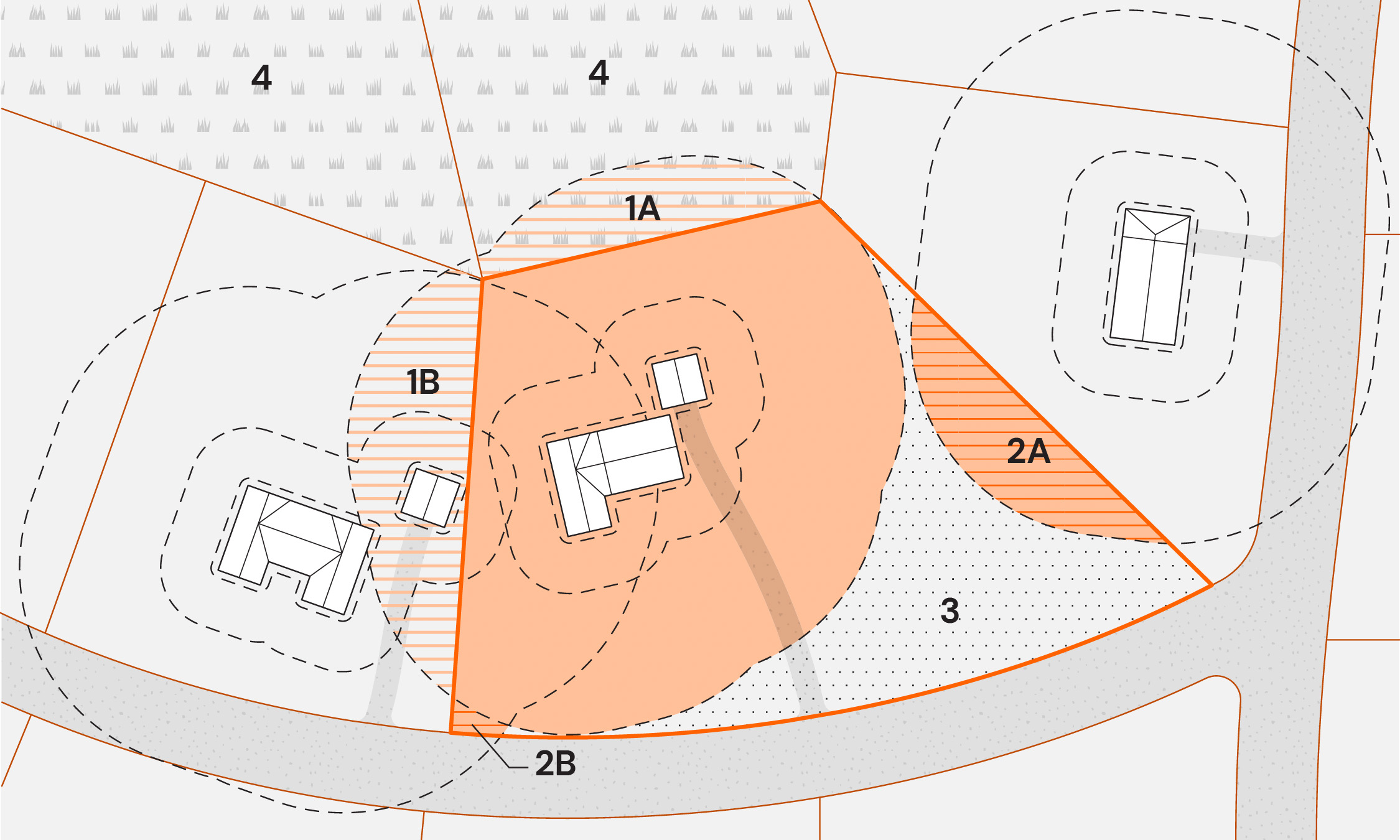
The defensible space on your property
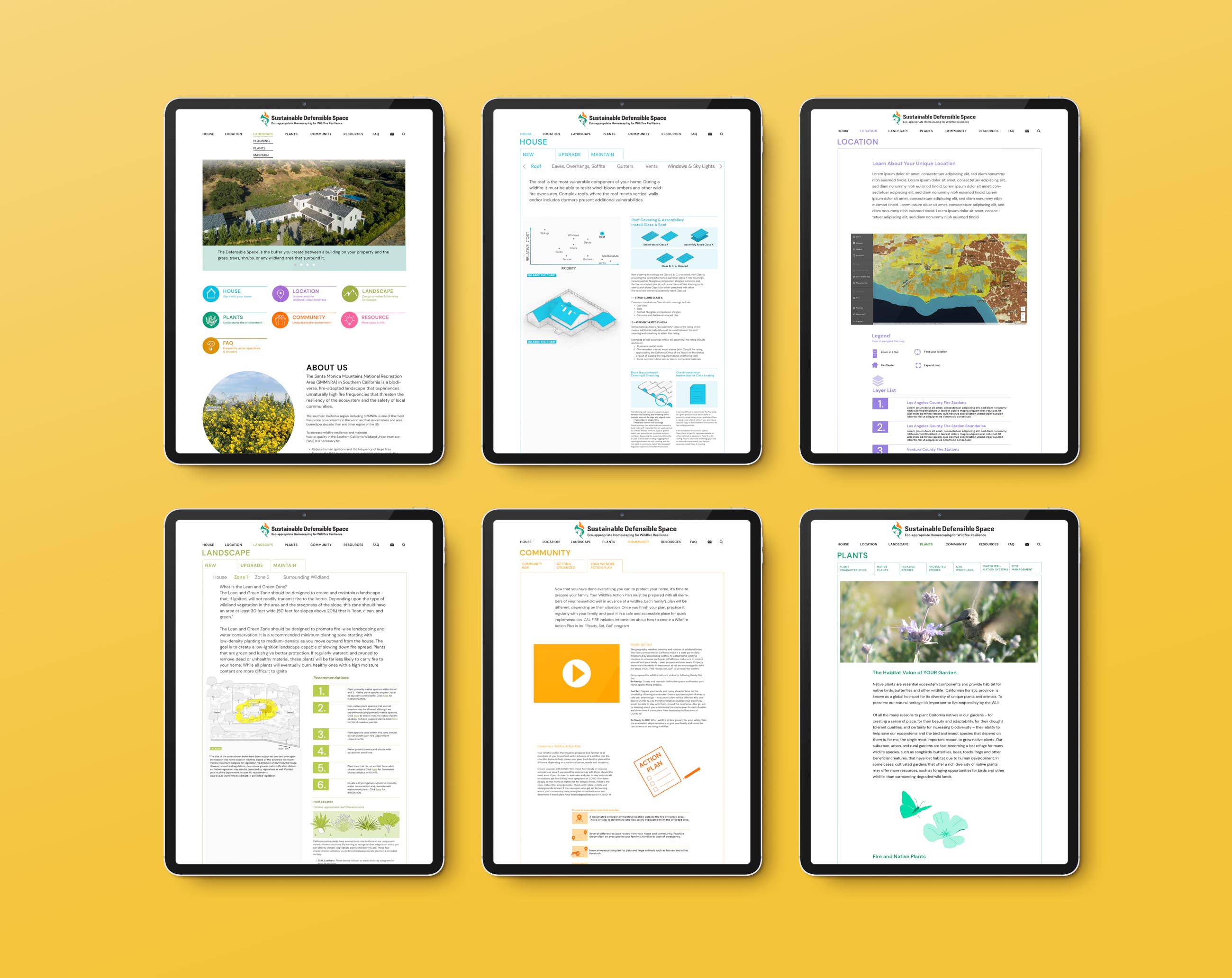
Sustainable Defensible Space website and branding
The brand
Developing a resourceful platform and a new identity
In addition to developing the content and organization of the website, our design team was responsible for creating a brand identity for this organization. Our scope of work included the development of a logo, color palette, and typographic system that would allow for a variety of content depending on each section of the site, with a color coding system to help orient the users across the different topics. A set of playful brand illustrations was developed to convey the information in a friendly, accessible manner.

Illustration
A set of playful brand illustrations was developed to convey the information in a friendly, accessible manner.

